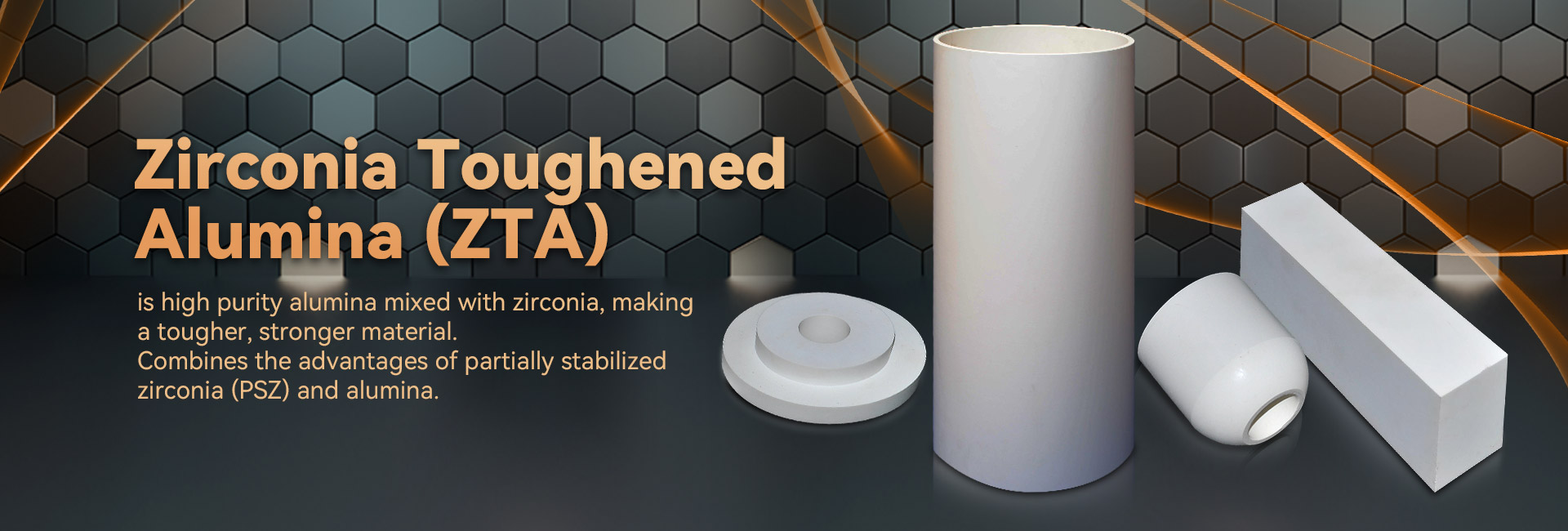
Precise substance manifest outstanding compositional characteristics, establishing them suitable for a comprehensive array of deployments. Deriving from aerospace and automobiles to technology, these elements are persistently transforming to meet the requirements of a up-to-date context.
- Their strength and against to drastic temperatures make them indispensable for high-performance mechanisms.
- Additionally, technical ceramics yield profits in terms of functionality, advancing the expansion of trailblazing processes.
Engineering Ceramics: Tailored for Remarkable Efficiency
Created ceramics lead in tough functions due to their outstanding facets. Formed from chosen raw inputs and experiencing comprehensive processing methods, these state-of-the-art compounds manifest exceptional toughness, dulling resistance, and endurance to tough heat, deterioration, and abrasion. From space parts to fine crafting tools, industrial ceramics offer unmatched quality across wide-ranging areas. Their malleability allows withstanding demanding locales, confirming persistence and steadfastness. As development progresses, the necessity for quality materials grows, cementing the crucial position of industrial ceramics in shaping a thriving future.
State-of-the-Art Ceramics: Reaching Fabric Barriers
Compositions, exhibiting remarkable rigidity and resilience, are undergoing a reformation. High-tech ceramics, engineered with refined control over their structure and granularity, exceeding the bounds of all that is achievable. These compounds carry a comprehensive assortment of features, originating them fit for exacting arenas such as aviation, medical science, and sustainable power. From featherweight parts that persist through extreme thermal states to tissue-friendly implants that integrate seamlessly with the flesh, advanced ceramics are altering our context.
Detailed Ceramic Manufacturing: Achieving Rigid Requisites
Engineered ceramic fabrication has advanced considerably in recent eras, permitting the construction of sophisticated and highly usable ceramic elements. These segments are essential across a multifaceted range of domains, including orbital, biological, and device domains. Catering to the specialized requirements for these deployments calls for fine fabrication processes that warrant dimensional strictness, surface texture, and material features. Cutting-edge ceramic fabrication processes incorporate various methods, including slip casting, injection molding, and additive manufacturing. These methods permit the creation of complex patterns and exact characteristics with highly rated consistency. Furthermore, advances in substance development have initiated new ceramic designs endowed with strengthened peculiarities. These composites innovate increased resilience, endurance, and tolerance to intense environmental conditions, supporting their use in high-end sectors.
The chances for careful ceramic fabrication are tremendous. As examinations and innovation carry on, we can anticipate even more advanced practices and forms that will additionally stretch the confines of what is possible in this domain.
Premium Ceramic Structures for Tough Locales
Specialized ceramic substances boast extraordinary fortitude and invulnerability against adverse conditions, making them fitting for rigorous assignments in power spaces. These modern ceramics can bear drastic warm loads, combat degradation, and preserve their performance under intense stress stresses. Their special crystalline elements support solid utility in critical locales, including hot environments, combustion engines, and energy generators.
- Fiber-reinforced ceramics
- Temperature durability
- Weight minimization
Composite Ceramics: Uniting Sturdiness and Performance
Combined ceramics furnish a compelling mix of mechanical sturdiness and distinct unique attributes. Through the union of ceramic units within a substrate, these alloys achieve exceptional strengths. This integration results in heightened tolerance against high hotness, wearing, and chemical degradation, rendering them effective for demanding operations in orbital, vehicles, and fuel areas. Furthermore, ceramic composites can be designed to possess specialized properties like electrical conductivity or biocompatibility, enlarging their usage across diverse areas.
Detailed Regulation in Cutting-Edge Ceramics
Reaching optimal attributes in innovative ceramics regularly demands precise control over their internal structure. Various manufacturing aspects, including sintering firing temperature, duration, and atmosphere, alongside the infusion of dopants or auxiliary phases, dramatically shape the structure of grains, absorption, and other microstructural qualities. Precise adaptation of these conditions allows for the amplification of durability, crack resistance, and warmth conductivity. Such as, lifting the sintering temperature can foster grain development, thus increasing compression and improving mechanical strength. Conversely, managing the firing atmosphere may influence the oxidation state of the ceramic, thereby influencing its electrical electric flow or magnetic properties. Perceiving these relationships between microstructure and properties is crucial for engineering advanced ceramics with bespoke traits suitable for numerous roles.
Wear-Resistant Ceramics: Enhancing Longevity
During taxing factory realms, where sections are subjected to constant scoring and deterioration, elements with outstanding wear resistance are paramountly vital. Wear-resistant ceramics have emerged as a dominant approach, supplying unparalleled resilience and functionality in numerous covers such as processing, mining, and aerospace. These advanced products possess a rare texture that augments their ability to oppose scraping. By applying the inherent durability and compression of ceramic substances, engineers can construct sturdy units capable of withstanding the most extreme operating situations.
Bio-Inert Ceramics: Functions in Therapeutics
Clinically safe ceramics have transformed the biomedical realm, yielding an array of advantageous properties for various functions. These substances are bioinert within the tissue, minimizing immune responses and supporting healing. A prime use for biocompatible ceramics is in prosthetic supports, where their hardness sustains long-lasting backing to damaged biological tissues.
Equally important, they are exploited in oral surgery, furnishing a tough and natural-looking solution for dental implants. Ceramics also serve a key role in pharmaceutical formulations, allowing the specific delivery of compounds to specific zones within the body.
- Over and above, biocompatible ceramics are growingly being scrutinized for organ regeneration, serving as a scaffold for replacement.
- Consequently, the horizon of biocompatible ceramics in medicine looks encouraging, with continual advancements expanding their possibilities.
Ceramic Detection Devices: Empowering Detailed Quantifications
Smart ceramic detectors have emerged ceramic tube as critical modules across a wide array of applications. These devices utilize the incomparable essentials of ceramic structures to deliver highly dependable determinations. Their toughness in {demanding|harsh| 